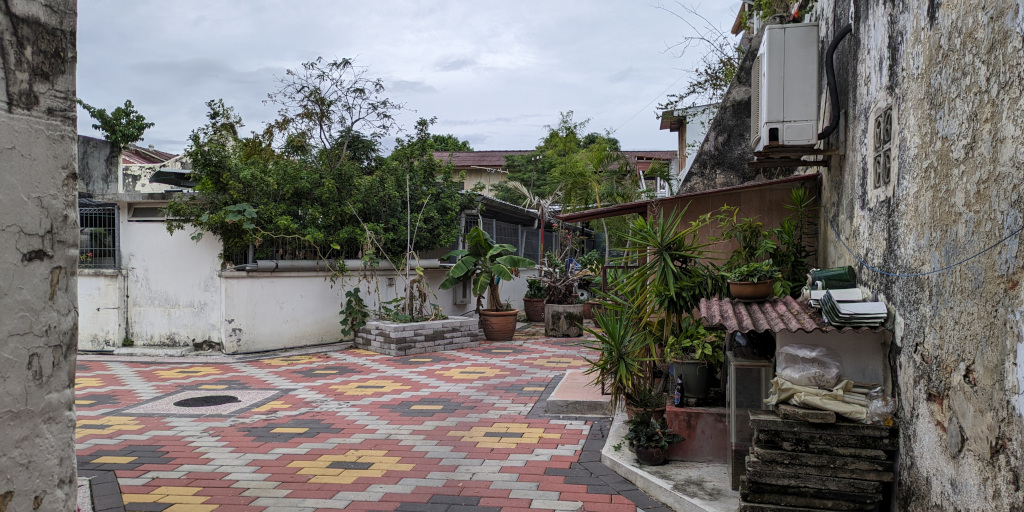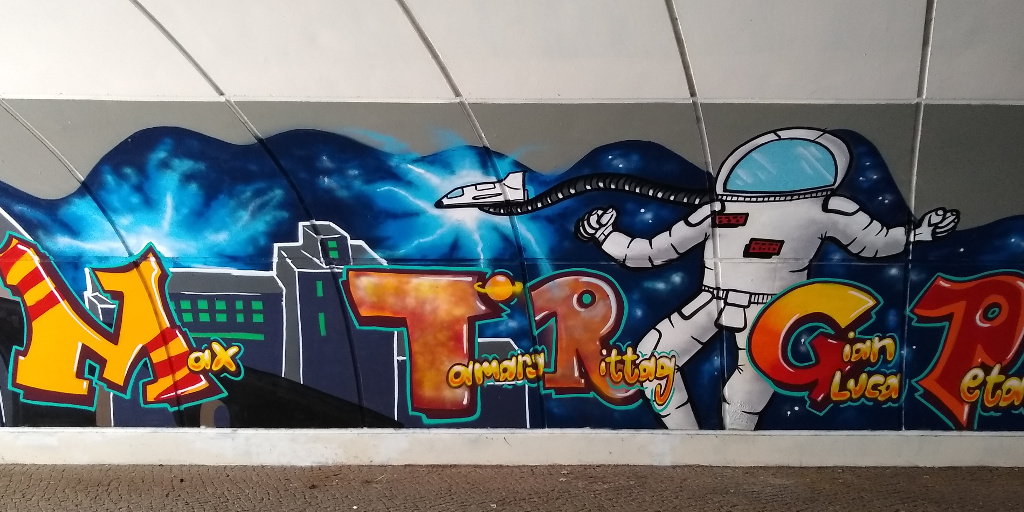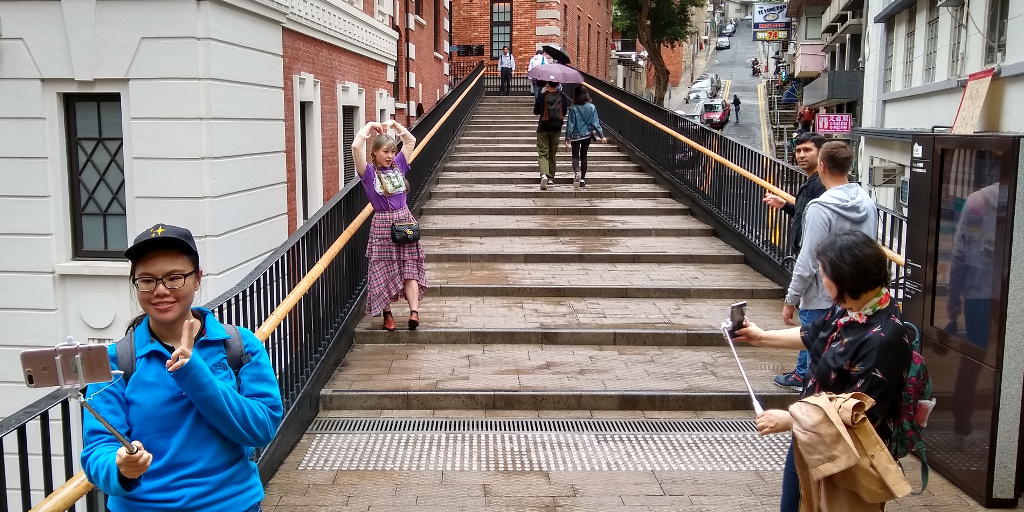Category: 1. Research
-

Some associated editors should grow a spine
There, it happened again. An associate editor of a prestigious software engineering journal rejected our paper, because they wouldn’t overrule a single bogus review. In the current case, all reviewers were on plain accept, with one holdout, reviewer 2, who recommended a plain reject. (The paper was the first revised version of the original submission.)…
-

Editorial quality at Elsevier
If you ever wondered about editorial quality at Elsevier, look no further. Original here and in case it gets fixed, on the Web Archive here, and finally the PDF.
-

How to extend the authorship list of a research article
Let’s assume you are a scientist, collaborating with another scientist on some research project that will lead to exactly one article (to keep things simple). How should you go about involving further scientists, perhaps to perform even stronger research? The answer is simple, if you work from first principles. Here there are the two key…
-

When there is no alternative to inner source (upcoming talk)
I’ve been settling on this talk to motivate our inner source work; I will be holding it a couple of times over the coming year, most notably first at the upcoming Inner Source Summit 2023. Title: When there is no alternative to inner source Abstract: Sometimes, there is no alternative to using inner-source software development. In this talk, I look at the…
-

Upcoming talks in 2023 Q4
I’m happy to report about my upcoming presentations in the fourth quarter of 2023. I may be adding more talks to this list as last minute confirmations come in.
-

Open collaborative data engineering (upcoming talk)
After a couple of closed trials, I’m happy to report about a new talk on open collaborative data engineering. I will give the talk in the LATECE seminar at UQAM on Nov 29, 2023. Title: Open collaborative data engineering Abstract: The JValue project investigates open collaborative data engineering: We are trying to take the world…



